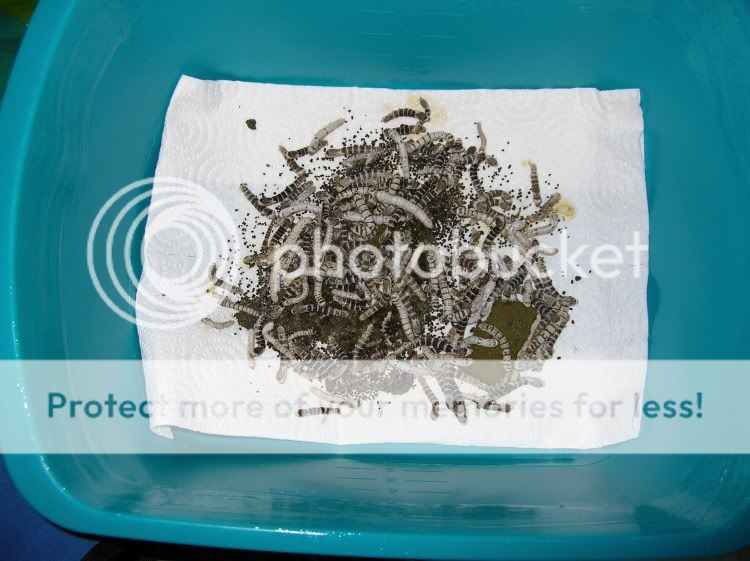desultadox
Established Member
I was just at Coastal Silkworms' website and I noticed they offer "black silkworms" and silkworms with "gold cocoons." I can't find anything about that on Google and it seems to me like they're just regular silkworms with very thick black bands. Is there any benefit to these? What's so special about the gold cocoon, too? It says the zebras that produce gold cocoons aren't even sexually dimorphic like the regular zebras. That sounds like a con. So yeah, just wondering if anybody knows anything about these and if they're any different from the silkworms we're all used to.
http://coastalsilkworms.com/store/index.php?cPath=4_29
http://coastalsilkworms.com/store/index.php?cPath=4_30
http://coastalsilkworms.com/store/index.php?cPath=4_29
http://coastalsilkworms.com/store/index.php?cPath=4_30






